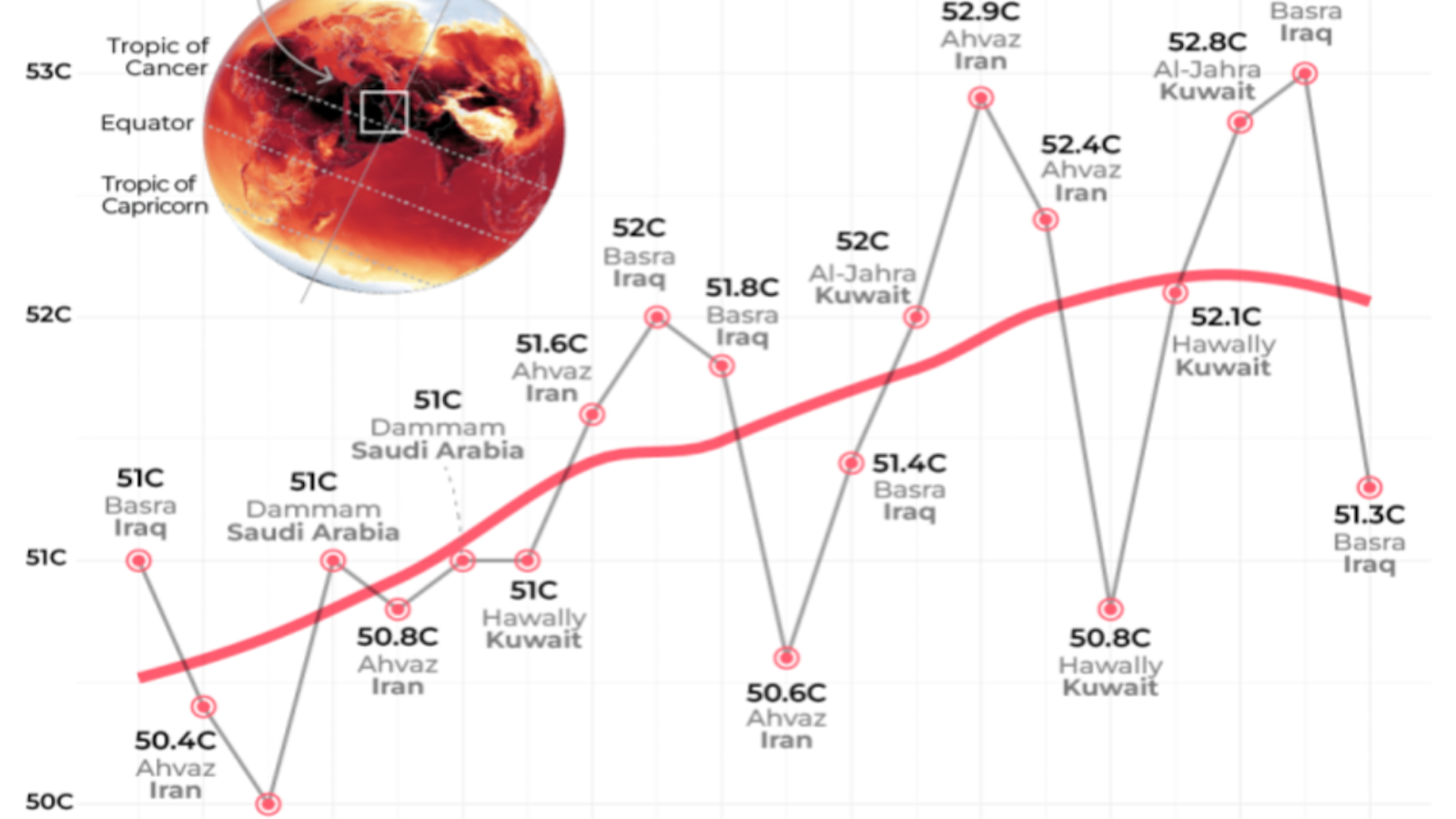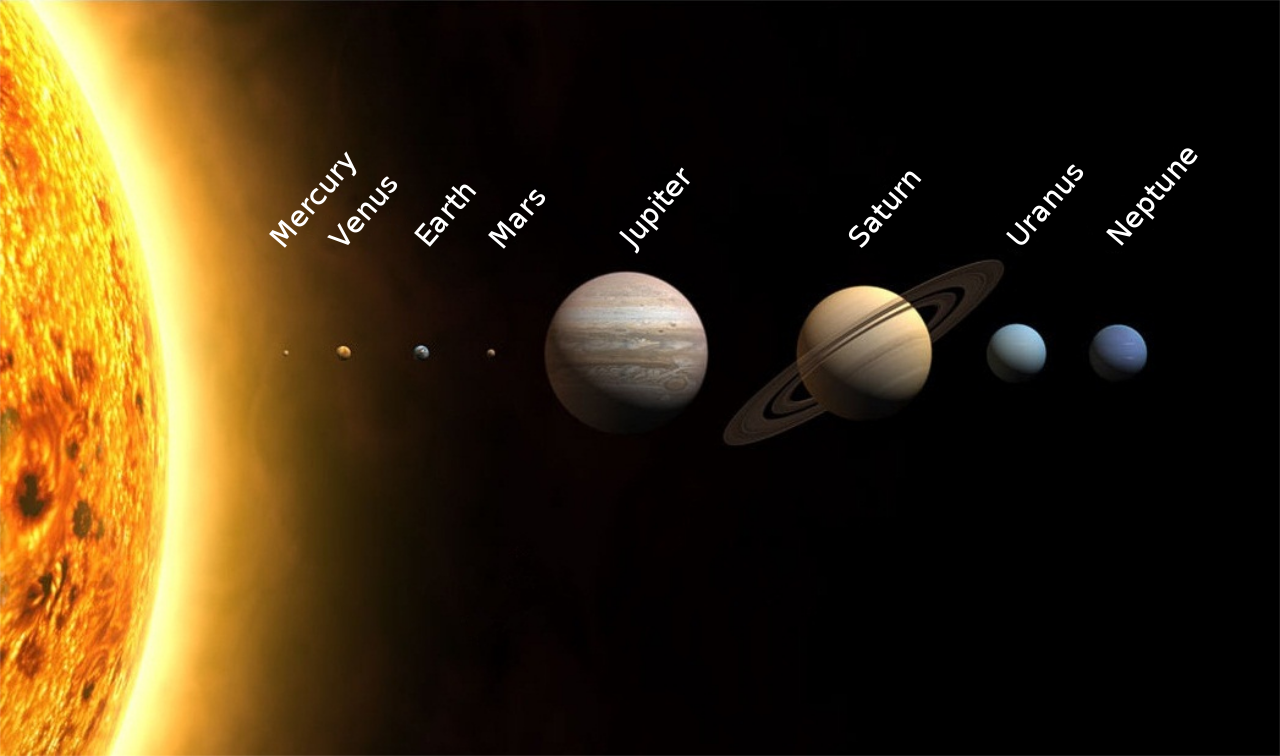July 2019 was the hottest month ever recorded on Earth

Will Newton/Getty Images
- A new report from the European Union’s Copernicus Climate Change Programme describes how 2019 has already logged several record-hot months.
- Alarmingly, these temperature increases are occurring even though the planet is transitioning into a more neutral El Niño phase.
- This year brought several severe heat waves to Europe, India, and Pakistan, among other areas.
July 2019 was the hottest month ever recorded on Earth, with temperatures narrowly exceeding the previous record of July 2016, according to meteorologists with the European Union’s Copernicus Climate Change Programme. Alarmingly, 2019 has already logged several record-hot months – April, May, June – and is expected to be the second-hottest year ever, behind 2016.
“With continued greenhouse gas emissions and the resulting impact on global temperatures, records will continue to be broken in the future,” said Jean-Noël Thépaut, head of the Copernicus program.
What’s more, 2019 is bringing these scorching temperatures even though the planet is transitioning into a more neutral El Niño phase – a natural climate cycle in the Pacific Ocean that raises temperatures and precipitation levels. People across the globe have suffered from this year’s heat, especially during the record-setting heat waves that broiled Europe, India, and Pakistan this summer.
In 2016, Earth’s hottest year on record, global temperatures were about 1.2 degrees Celsius above pre-industrial levels. If global temperatures rise to 1.5 degrees Celsius above pre-industrial levels, the planet will likely see more extreme and destructive weather events and food shortages that would affect millions of people, according to the Intergovernmental Panel on Climate Change.

Copernicus Climate Change Programme
The Paris Agreement set an international goal of “holding the increase in the global average temperature to well below 2°C above pre-industrial levels and pursuing efforts to limit the temperature increase to 1.5°C.” The difference between a temperature increase of 1.5 degrees Celsius and 2 degrees Celsius above pre-industrial levels would be significant: longer heatwaves, increased precipitation, problems with food production, and sea level rise. It would also hit certain parts of the planet much harder than others, particularly coastal cities.
Petteri Taalas, secretary-general of the World Meteorological Organization, said this July has “rewritten climate history, with dozens of new temperature records at the local, national and global level.”
“This is not science fiction,” Taalas said. “It is the reality of climate change. It is happening now, and it will worsen in the future without urgent climate action. Time is running out to rein in dangerous temperature increases with multiple impacts on our planet.”





